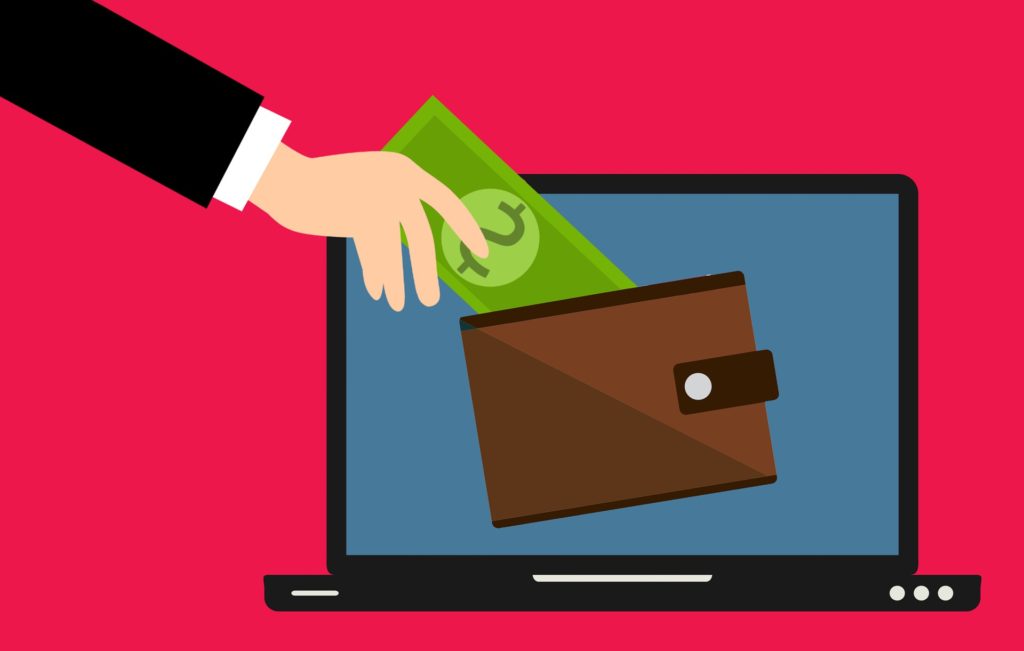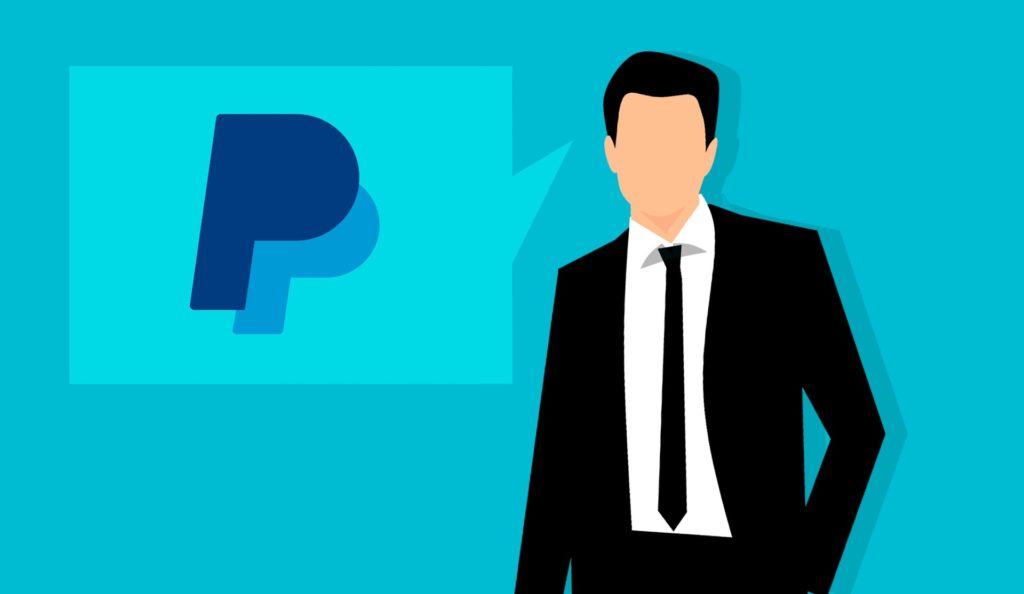
Handwritten signs refusing cash payment at stores have become commonplace over the last 3 months. Last year, signs that stated ‘Cash Only’ were more common in some establishments. But in the turbulence of 2020 — and at a time when people are actively trying to touch as few things as possible with their hands — it makes sense that carrying and transferring cash between people is less than ideal.
Of course, not only is cash now accepted less frequently in stores during the pandemic, but it has also become the preference of some consumers to not pay with physical money. Touching a plastic debit or credit card that can be cleaned, seems like a less risky choice than handling bills that have passed through the hands of many other people previously.
Bain Capital recently released a report called ‘The COVID-19 Tipping Point For Digital Payments,’ noting that the pandemic is spurring faster adoption of digital payments. Bain revised its projections to state that 67% of transactions will be done digitally by 2025. That number was 57% before the pandemic changed the habits of sellers and buyers. In other words, it is contactless, not cash, that will be king.
Apple and Google Pay have come up frequently in conversations with friends about their comfort level handling cash in the pandemic. These contactless solutions are seen as valued tools that can be used to avoid touching anything other than one’s phone when making a transaction. Apple Pay was predicted to be used by 14.5% of U.S. smartphones in 2020, or approximately 33-million people, according to a report by eMarketer. This accounts for 47% of proximity-based mobile payments. The remainder is made up predominantly by Google (19%) and Samsung Pay (17%.)
Traditional payment providers are pushing toward contactless solutions too. Mastercard noted it saw a 40% uptick in contactless payments in Q1 2020. Prior to COVID, the company said that 30% of global transactions were contactless, but cautioned that the adoption of ‘Tap and Go’ technology in the U.S. had been much slower than in other countries. Mastercard CEO Ajay Banga told CNBC recently that he anticipates that the increase in contactless payments will continue post-pandemic.
As consumers become familiar and comfortable with this new technology, it is likely the push toward the adoption of contactless payments will proliferate. After all, paper money is unsanitary in comparison. The Federal Reserve hoped to quell fears about using cash by insisting on a 7-10 day waiting period before U.S. bills coming from Asia can be recirculated domestically. The World Health Organization has issued warnings to thoroughly wash hands after touching cash. The alarm about transferring bacteria and germs on paper currency is not without precedent. Syphilis, scarlet fever, cholera and smallpox outbreaks have all been linked to cash transmission.

Another winner in the digital arena due to pandemic-related shift in consumer mindset and behavior is Paypal. The digital payment service added 10-million new accounts in the first quarter of this year, and expects to add more than 15-million more in Q2. Paypal saw its largest day of transactions in history on May 1, despite many brick and mortar stores equipped with Paypal facilities being closed. Competitor Square is seeing significant growth too. CEO Jack Dorsey said on an earnings call last month that 11 million users added direct deposit to the Square Cash App in just four weeks. Dorsey noted that this allows users to deposit their stimulus checks directly into Square accounts, rather than going through a traditional bank.
As with so many changes that have occurred in the 6 hugely-transformative months we have experienced this year, the push toward digital – and away from face-to-face and hand-to-hand contact – has been rapid and significant. As stores are opening back up, we will continue to look to the earnings reports of Visa, Mastercard, Paypal, Square, Apple, and Google to learn more about how consumers are choosing to pay for their goods and services. That is, if business proprietors remove their handwritten signs, and give them a choice to use cash at all.
